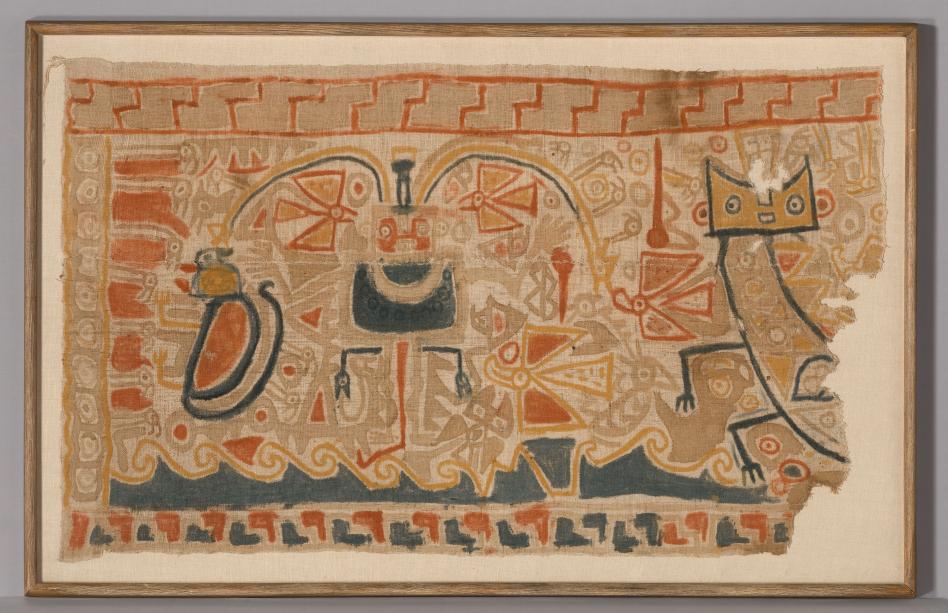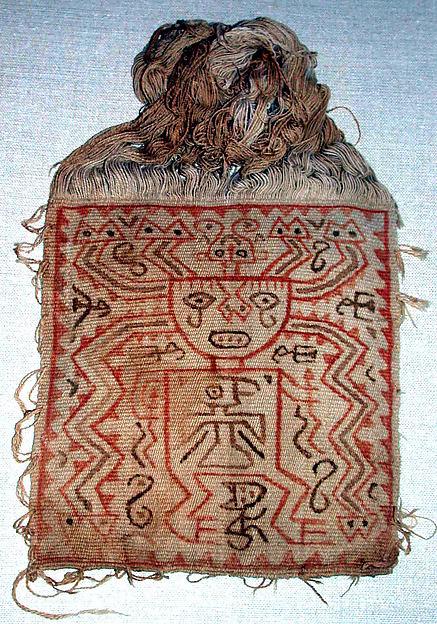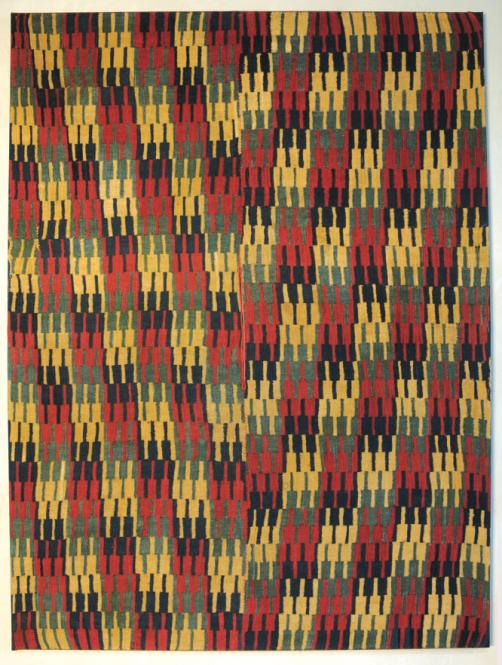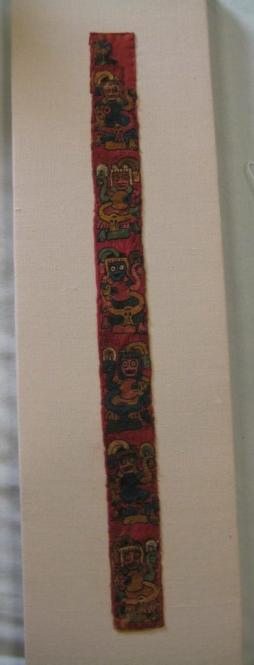2017.108

Object Title
Painted Textile
Measurements
approx. 83.8 x 134.6 cm (33 x 53 in.)
Creation Date
c. A.D. 1000
Credit Line
Bequest of Bettina Schwimmer
Museum Name
Country of Origin
Object Type
Materials / Techniques
Object URL
http://www.artic.edu/aic/collections/artwork/237551?search_no=31&index=0
Museum's Definition of Antiquity
Before 1492
Provenance Information
Jean Lions, Lima, Peru, mid- to late 1960s, then St. Tropez, France, by late 1960s; sold to David Bernstein Fine Art, New York, N.Y., 1975 [correspondence in curatorial file]; sold to Bettina Schwimmer, Chicago, IL, 1976 [correspondence in curatorial file]; bequeathed to the Art Institute of Chicago, 2016.
Exhibition Information
none known
Publication Information
none known
Section of the AAMD Guidelines relied upon for the exception to 1970
Informed judgement that works were outside of the country of modern discovery before 1970
Explain why the object fits the exception set forth above
This acquisition falls within two exceptions. First, based on the results of provenance research, the Art Institute of Chicago can make an informed judgment that the object was outside of the country of modern discovery before 1970. In 1975, David Bernstein of David Bernstein Fine Art, N.Y. acquired the object from Jean Lions. According to letters provided by Mr. Bernstein, copies of which are in the curatorial files, Mr. Lions acquired the object by the 1960s while serving in the French diplomatic corps in Lima, Peru; Mr. Lions returned to France by the late 1960s, bringing the object with him. Second, the object was promised to the Art Institute of Chicago prior to 2008. On November 7, 2006, Bettina Schwimmer executed a will that specifically provided for a bequest of the object to the Art Institute of Chicago. A signed and notarized copy of Ms. Schwimmer’s 2006 will is maintained in the curatorial files. The acquisition of this textile is of particular importance as it represents a distinct and unexpected aspect of the ancient Andean textile tradition that is lacking in the Art Institute of Chicago’s permanent collection. Its acquisition allows the museum to present a work to its public that challenges assumptions concerning the nature of ancient Andean textile traditions.








